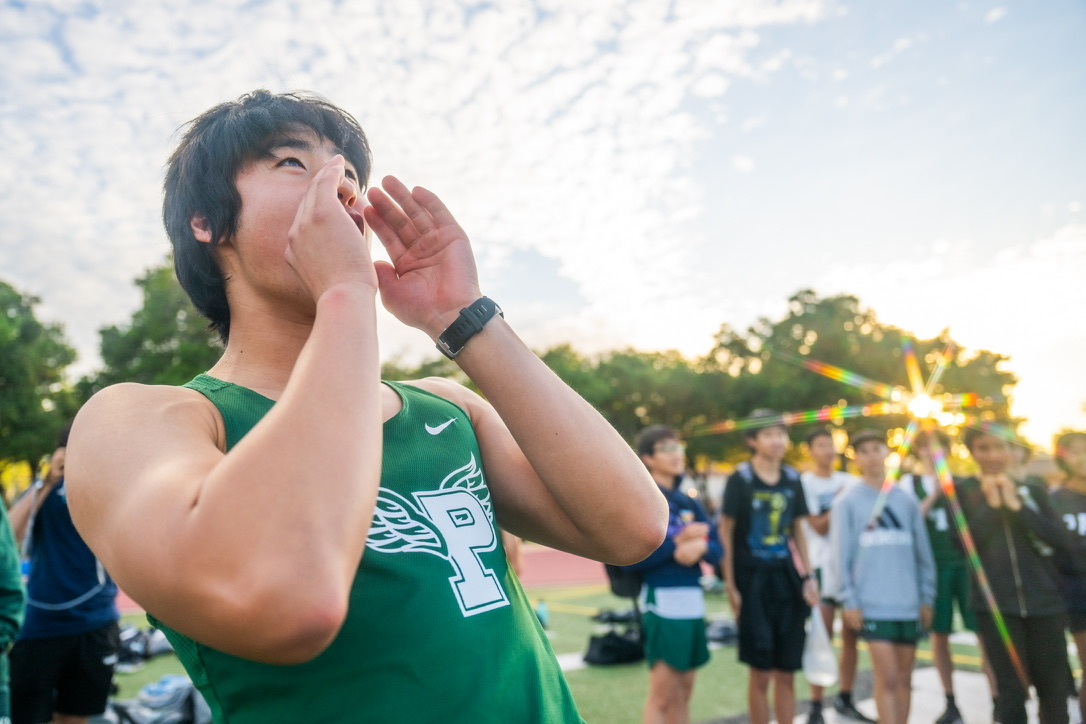Liam Giffen crouches, ready to explode. The moment the ball is snapped, he barrels toward the quarterback. Avoiding a teammate, Giffen plants his leg, and an opponent slams into him, tearing his ACL.
Giffen, a sophomore defensive lineman on the varsity football team, has a story that may sound familiar to many athletes. According to the Centers for Disease Control and Prevention, over 250,000 athletes yearly suffer an injury from an anterior cruciate ligament, better known as ACL.
In addition to ACL tears, other injuries are common. Senior Alec Profit, a midfielder on the varsity soccer team, fractured his tibia in 2021, sidelining him for 11 months.
“It was devastating when they told me when I was in the ambulance,” Profit said. “They said I’d be out at least nine months. It was pretty shocking and sent a wave of sadness over me.”
Giffen said injuries cause mental effects that hinder performance and confidence.
“The prospect of being injured again and having to go through the whole process and then getting back into (playing has affected me),” Giffen said. “The mental state was tough, and even after, it’s definitely affected my game, how aggressive I am and how I play.”
And the impact on athletes’ mental health and academics from injuries is often overlooked, Giffen said.
“Mentally, having football being taken away, a big passion (of mine), took a bit of a toll on me,” Giffen said. “(I) lost a lot of motivation academically, which definitely had an effect.”
In addition, rehabilitation can take time out of student-athletes’ already hectic days.
Sophomore Roman Jacobs said he would often miss class due to untimely physical therapy appointments.
Justine Iongi has been part of Paly’s Athletic Training program for seven years. Since receiving her physical therapy certification 13 years ago, Iongi said she recognizes overuse injuries like shin splints as the most common chronic injuries students suffer. To avoid injuries she suggests properly warming up and stretching before games, but also recommends avoiding “doing too much too fast,” especially when playing sports for the first time.
Iongi said she has also developed a systematic approach to treating different injuries, allowing athletes to treat the underlying cause to their injuries.
“We evaluate the injury, and then we see what’s going on, and I create a rehab and treatment plan,” Iongi said. “So not only do we implement exercises for someone in progressive steps, but we also have a lot of cool things that we use to help with recovery.”
As part of her systematic treatment plans, Iongi said she employs technology like NormaTec and Game Ready to tailor treatments for specific injuries, providing optimal recoveries.
“We progress you to where we make sure you have a full range of motion and no pain,” Iongi said. “Our goal (is) to get you back to sprinting, where you don’t even have to come back here to do exercises to get ready for your practice.”
In addition to Paly’s training program, athletes often seek outside help with rehabilitation. Movement Health Science, founded by Doug Hoogendyk, has worked with multiple Major League Soccer teams and Stanford Wrestling to prevent injuries. Hoogendyk said he specializes in working with athletes to reduce injury risk.
“Tom Brady coined the phrase, ‘staying flexible and being strong in your musculature,’” Hoogendyk said. “Having dynamic strength is key to staying healthy and being fit to avoid injury.”







